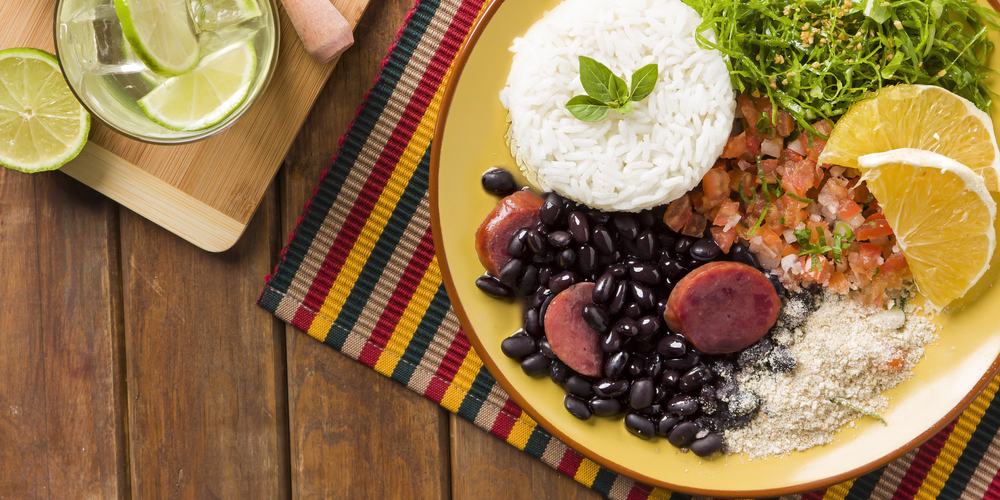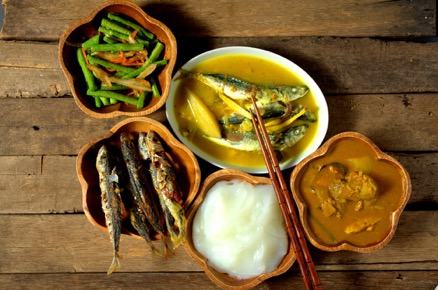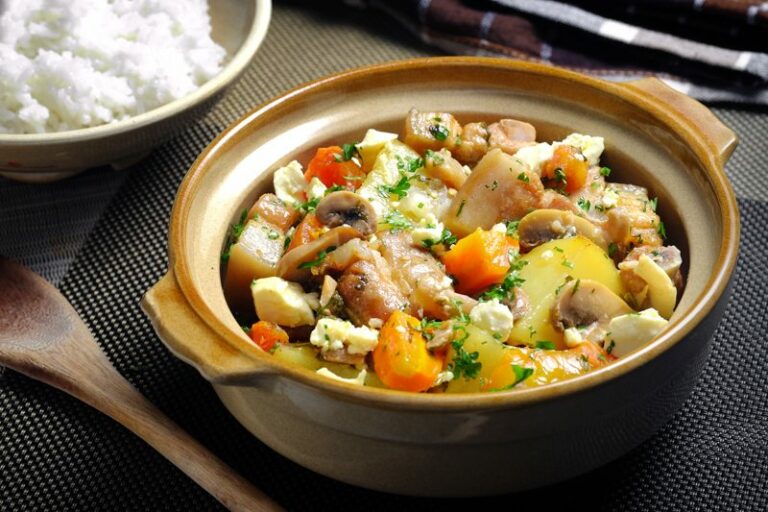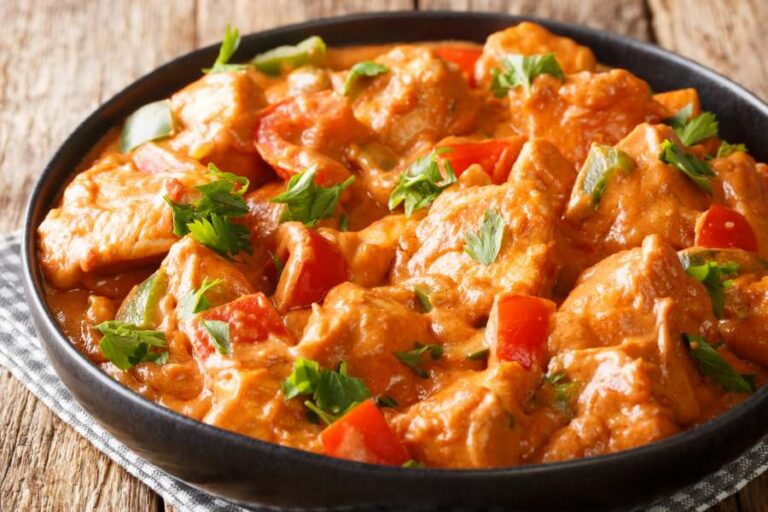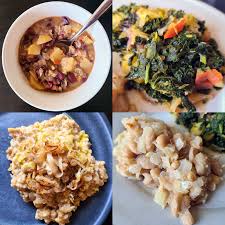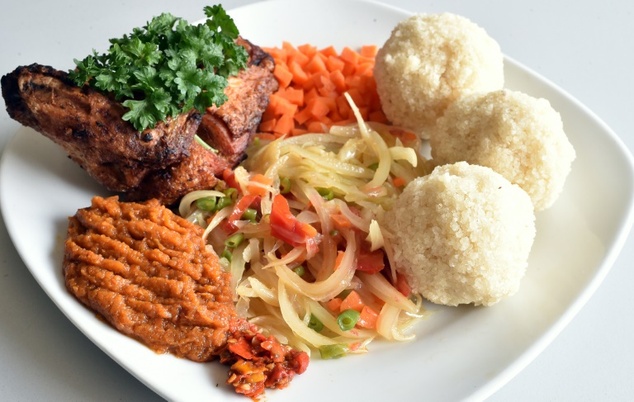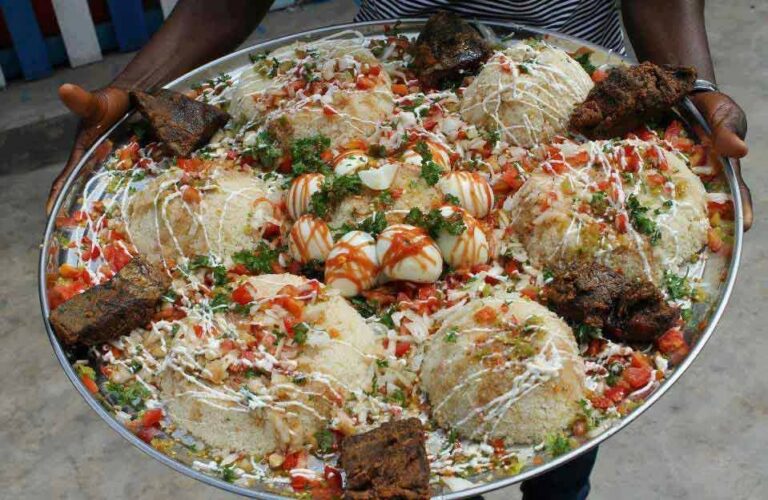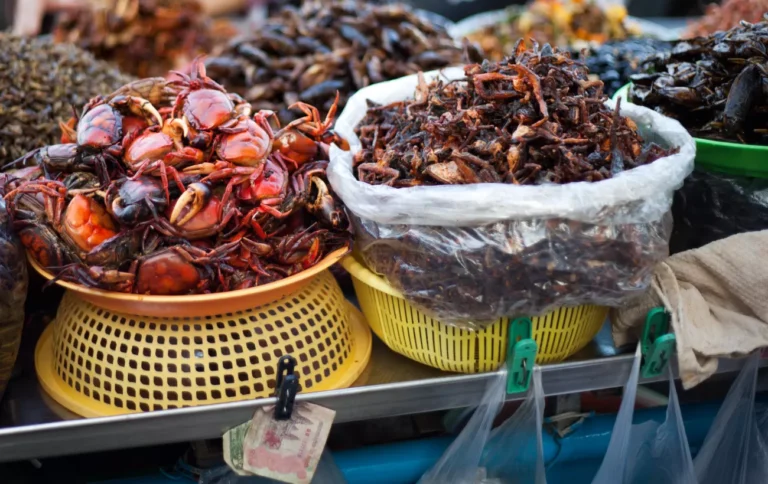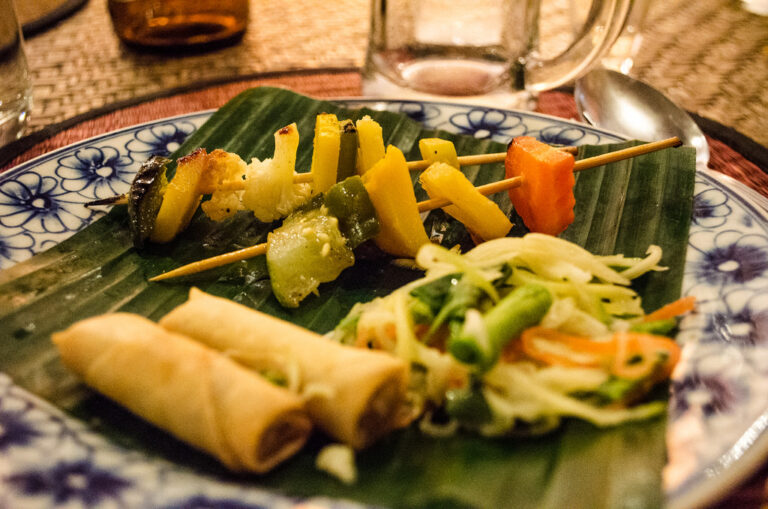Introduction: Brazilian Street Food Culture
Brazilian cuisine is known for its bold and diverse flavors, which are evident in its street food culture. Street food is an integral part of Brazilian culture, and it is a great way to experience the local food scene. The streets of Brazil are dotted with countless vendors selling a variety of delicious snacks, and each region has its own specialties.
Brazilian street food is typically affordable, tasty, and convenient, making it a popular choice for locals and tourists alike. Whether you’re in the mood for savory or sweet, there’s always something for everyone in the world of Brazilian street food.
Coxinhas: The Brazilian Chicken Croquettes
Coxinhas are one of the most popular street foods in Brazil. They are small, deep-fried chicken croquettes that are crispy on the outside and creamy on the inside. Coxinhas are made with shredded chicken, flour, milk, and spices, and they are usually served with hot sauce.
Coxinhas can be found at almost every street corner, and they are particularly popular during festivals and sporting events. They are a great snack to enjoy on the go, and they are perfect for satisfying hunger pangs throughout the day.
Acarajé: The Afro-Brazilian Delight
Acarajé is a traditional Afro-Brazilian street food that originated in the state of Bahia. It is made with black-eyed peas, onions, and spices, which are formed into small balls and deep-fried. Acarajé is typically served with a variety of toppings, including spicy shrimp, dried shrimp, or a vegetarian option with salad.
Acarajé vendors can be found throughout Bahia, particularly in the city of Salvador. It is a popular snack among locals and tourists alike, and it is often sold at lively street markets and festivals.
Pastel: The Deep-Fried Empanadas
Pastel is a popular Brazilian street food that is similar to an empanada. It is made with thin dough that is filled with a range of ingredients, such as ground beef, cheese, and vegetables. The dough is then deep-fried until crispy, and it is usually served with hot sauce.
Pastel can be found at street fairs and outdoor markets throughout Brazil. It is a delicious and affordable snack that is perfect for enjoying on the go.
Pão de Queijo: The Cheese Bread Obsession
Pão de Queijo is a cheesy bread that is a staple of Brazilian cuisine. It is made with tapioca flour, cheese, eggs, and milk, which are formed into small balls and baked until crispy. Pão de Queijo is typically served fresh from the oven, and it is often enjoyed with coffee.
Pão de Queijo can be found at bakeries and street vendors throughout Brazil. It is a popular snack among locals and tourists alike, and it is a great way to experience the flavors of Brazilian cuisine.
Brigadeiro: The Chocolatey Street Treat
Brigadeiro is a sweet treat that is similar to a truffle. It is made with condensed milk, cocoa powder, and butter, which are formed into small balls and rolled in sprinkles. Brigadeiro is typically served at parties and festivals, but it can also be found at street vendors throughout Brazil.
Brigadeiro is a beloved dessert in Brazil, and it is often served at special occasions such as weddings and birthdays. It is a decadent and chocolatey treat that is sure to satisfy any sweet tooth.
Churrasco: The Brazilian Barbecue on the Go
Churrasco is a type of Brazilian barbecue that is cooked on skewers and served on the go. It is typically made with various cuts of meat, including beef, chicken, and pork. The meat is seasoned with a blend of spices and cooked over an open flame.
Churrasco can be found at street vendors and food trucks throughout Brazil. It is a great way to experience the flavors of Brazilian barbecue, and it is perfect for a quick and satisfying meal.
Açaí Bowls: The Nutritious Street Snack Trend
Açaí bowls are a trendy and nutritious street snack that has become popular in Brazil and around the world. Açaí is a purple berry that is native to the Amazon rainforest, and it is known for its antioxidant properties. Açaí bowls are made with blended açaí berries, fruit, and granola, and they are often topped with honey or nut butter.
Açaí bowls can be found at juice bars and street vendors throughout Brazil. They are a healthy and refreshing snack that is perfect for those looking for a nutritious on-the-go option.

